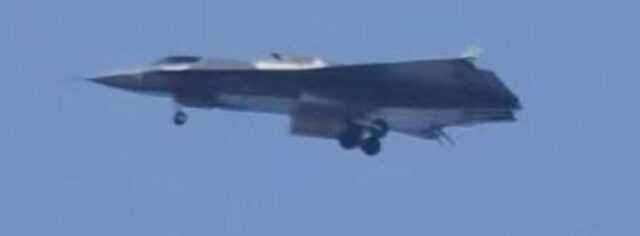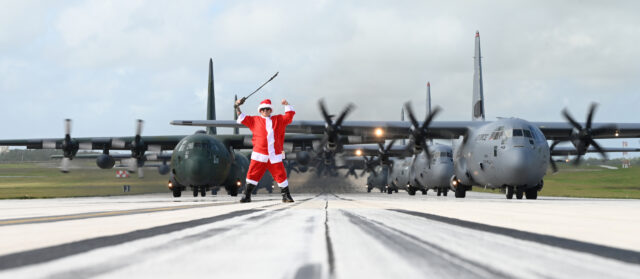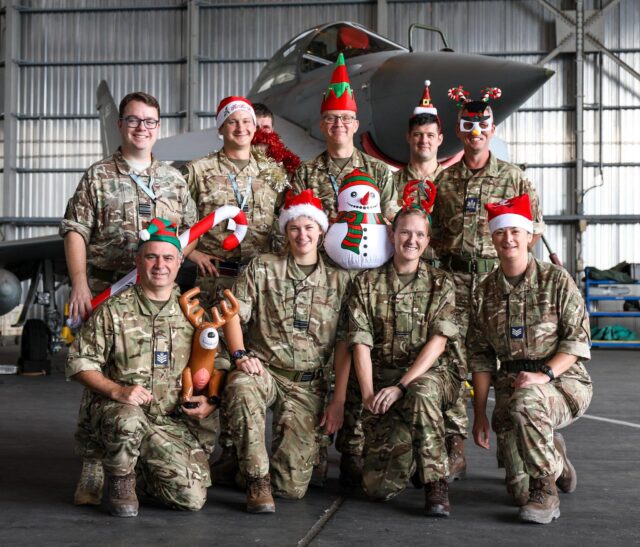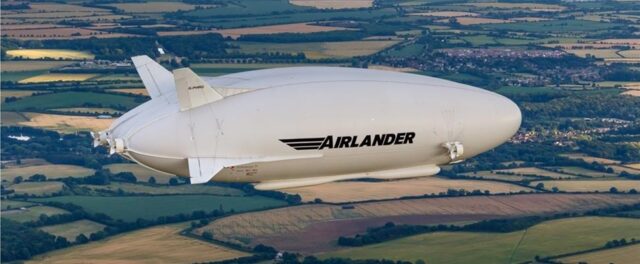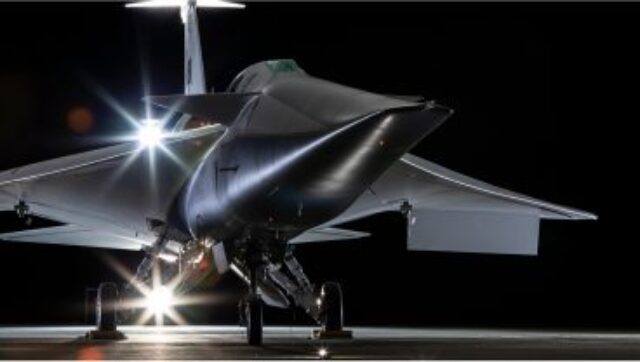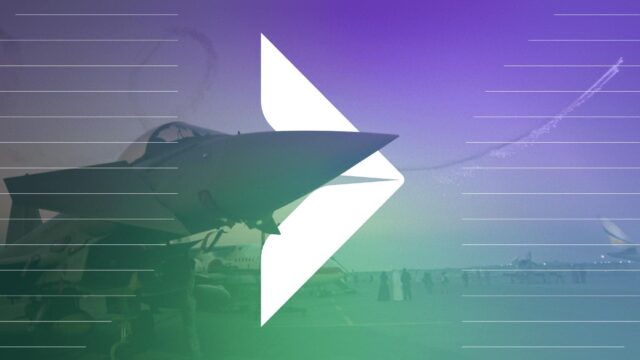Global fleet set to rebound by 2023 – Oliver Wyman
The global fleet will expand at 4 per cent a year over the next decade with demand reaching pre-pandemic levels in 2023, according to Oliver Wyman’s Global…

The global fleet will expand at 4 per cent a year over the next decade with demand reaching pre-pandemic levels in 2023, according to Oliver Wyman’s Global Fleet & MRO Forecast 2022-2032.
But the research warns that as pent-up demand for global air travel pushes up to pre-pandemic levels by 2023, the industry will once again have to confront rising carbon dioxide emissions and the lack of immediate solutions to reduce them.
The report, now in its third decade, digs deep into commercial aircraft deliveries and inventories — as well as aerospace production and provides a comprehensive view of the size and composition of the commercial fleet over the next decade. The outlook delineates growth both globally and from a regional perspective. It also analyses the maintenance, repair, and overhaul services (MRO) that the fleet will require.
- Key findings for the 2022-2032 report include:
- The global fleet is set to grow to 38,100 aircraft by 2032 — a compound growth rate of 4.1 per cent over the decade.
Narrowbody aircraft will make up a larger share of the fleet — 64 per cent in January 2032 versus 58 per cent in January 2020 — the slow recovery of international traffic after Covid-19 has depressed the number of widebodies in service.
The fleet won’t reach its pre-pandemic peak of almost 28,000 until the first half of 2023
The dedicated global cargo fleet grew 3 per cent and conversions of passenger aircraft to freight carriers broke records, thanks to a double-digit expansion in demand with the Covid-related explosion in online shopping and the loss of cargo belly capacity.
The MRO sector is being redefined by a fleet in transition, as airlines begin to take delivery of new, highly fuel efficient narrowbodies and attempt to weed out older aircrafts that will need intensive maintenance sessions.
By 2030, MRO demand is expected to reach $118 billion, 13 per cent below the pre‑COVID forecast of $135 billion, showing the lost growth from COVID.
Brian Prentice, a partner with Oliver Wyman said: “There is optimism that the industry has turned the corner and is now on an upward trajectory – but the next 10 years will be filled with a multitude of challenges that will test the industry’s resilience unlike ever before,”
No easy climate change solution
Aviation accounted for about 2.3 per cent of total carbon dioxide emissions in 2021 – a much lower level than road transport. But the ability to transition to electric vehicles over the next 10 years is likely to reduce road transport’s share and push aviation’s up — potentially increasing pressure on the industry.
Despite decades of increasing the fuel efficiency of aircraft, there is no easy fix. While research and development are underway on the use of hydrogen and electric engines as substitutes for conventional fossil fuel-powered aircraft, the new propulsion systems are at least 15 to 20 years away from commercial production. So far, the one alternative – sustainable aviation fuel (SAF) — doesn’t have enough production capacity or the right economics to work for either airlines or SAF producers.
“The challenge of the next decade may be almost as disputive”
“As unimaginably bad as COVID-19 has been for aviation, the challenge of the next decade may be almost as disruptive,” concluded Prentice. “The industry needs smart strategies to get itself in a better position by the 2030s.”
About the Global Fleet & MRO Market Forecast
The 2022-2032 edition of Oliver Wyman’s Global Fleet & MRO Market Forecast Commentary focuses on the aviation industry’s recovery from COVID-19, subsequent growth and related trends affecting aftermarket demand, maintenance costs, technology, and labour supply after a devastating 2020. The outlook reveals significant challenges the industry faces as it develops and expands its recovery and rebound plans.
Subscribe to the FINN weekly newsletter
